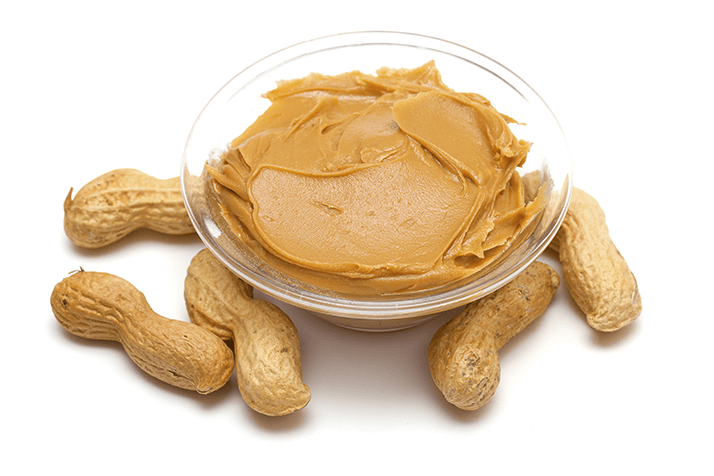Introduction
Nuts are considered nutrient dense foods and their consumption has been associated with reduced risk of coronary heart disease. The health benefits of nuts are partially attributable to their high content of unsaturated fatty acids. For example, α-linolenic acid, or “ALA”, is an unsaturated fatty acid found in flaxseeds and walnuts.1 ALA is a precursor to the formation within the body of the essential fatty acids eicosapentaenoic acid (EPA) and docosahexaenoic acid (DHA).2


Established methods from AOCS® and AOAC® can be used to determine the fatty acid composition of nuts. This work demonstrates the application of aspects of these methods in the determination of the fatty acid composition of walnuts and peanuts. We will present data showing analysis on GC capillary columns of three different selectivities: Omegawax®, SP™-2560 and SLB®-IL111.
Column Selectivity for Fatty Acid Methyl Esters
The moderately polar Omegawax is made with a polyethylene glycol (PEG) based phase. It elutes fatty acid methyl esters (FAMEs) by degree of unsaturation, with minimal overlap between different carbon chain lengths. It is used in applications requiring analysis of saturated, mono and polyunsaturated fatty acids (PUFAs). However, it cannot provide optimal resolution of cis and trans isomer groups. For analysis of cis/trans FAMEs, a more polar column is required. The SP-2560 is a highly polar cyanosilicone column. The selectivity of this phase enables it to resolve cis and trans isomers, along with providing positional geometric isomer separations. The SLB-IL111 is an ionic liquid column and has higher polarity than the SP-2560. In the analysis of cis/trans FAMEs, the SLB-IL111 has demonstrated elution patterns which are complimentary to the SP-2560. We used the Omegawax in the profiling of the fatty acids (including PUFAs) present in walnuts and peanuts. The SP-2560 and SLB-IL111 columns were then used to determine C18:1 cis/trans isomers.
Experimental
1 g samples of walnuts (shelled and chopped) and peanuts (dry roasted and unsalted) were prepared using acid digestion/alkali hydrolysis followed by methylation as described in AOCS Official Method Ce 1k-09.3 BHT was added as an antioxidant prior to extraction. All samples were concentrated to 1 mL prior to GC analysis. The GC columns used for the analysis were as follows:
1. Omegawax, 30 m x 0.25 mm I.D., 0.25 μm
2. SP-2560, 100 m x 0.25 mm I.D., 0.20 μm
3. SLB-IL111, 100 m x 0.25 mm I.D., 0.20 μm
The GC analysis conditions were from AOCS Ce 1i-07 (Omegawax column) and AOCS Ce 1h-05 (SP-2560 column).4,5 Peak identifications were done by retention time matching to the Supelco® 37-Component FAME Mix, run under the same GC conditions.
This work was previously published.6,7





